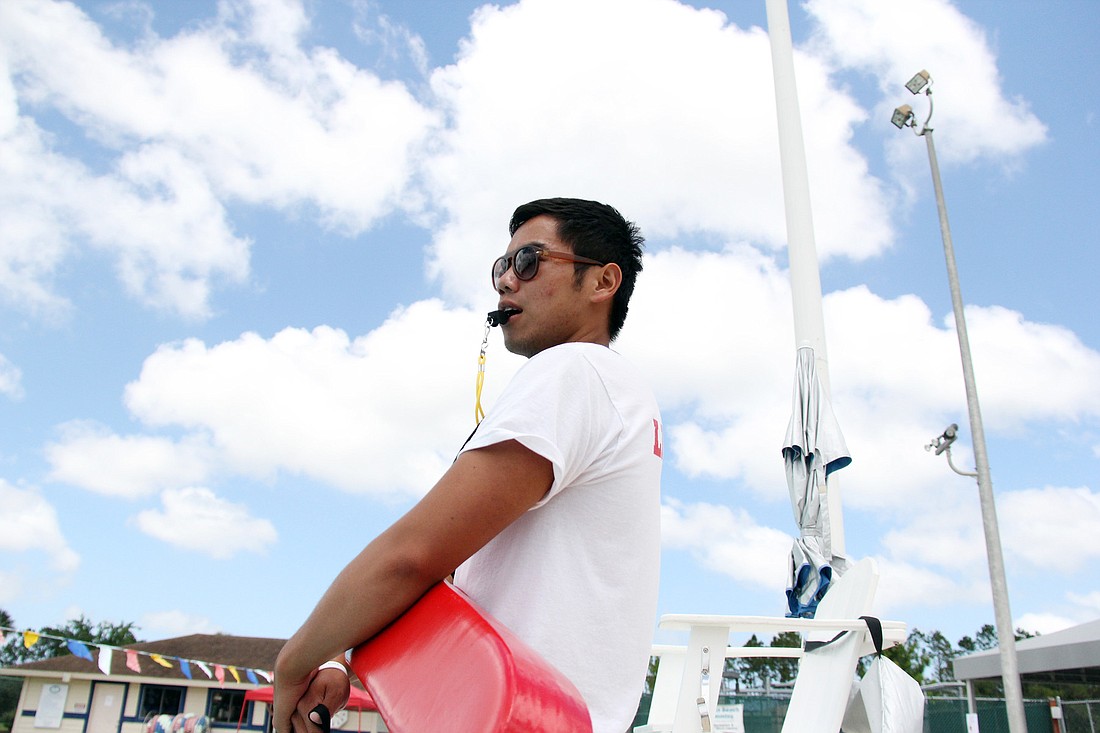- April 25, 2024
-
-
Loading

Loading

May is Water Safety Month, and the Palm Coast Parks and Recreation Department hosted a Pool Safety Day Saturday, May 19, at Frieda Zamba Swimming Pool.
“Our biggest thing here is that we want all the kids to learn how to swim,” said Supervisor Lauren Bennett. “But we’re also trying to create that fun family atmosphere at the pool.”
According to the Center for Disease Control and Prevention, fatal drowning is the second-leading cause of unintentional injury-related death for children ages 1 to 14.
As part of Pool Safety Day, demonstrations of the pool’s Learn to Swim classes were given. Swim lessons are available Mondays through Thursdays and Saturdays, with fees ranging from $45 to $55. To register, visit the Frieda Zamba Swimming Pool, 339 Parkview Drive, or the Palm Coast Community Center, 305 Palm Coast Parkway N.E.
Pool Safety Day was the second in a series of five Pack the Pool Days available to the public in 2012. The next will be May 26 through May 28, with military personnel swimming at the pool free of charge. A military ID badge should be presented upon entry.
Summer hours begin at the pool Saturday, May 26 through Sept. 8. The pool will be open 10:30 a.m. to 7:30 p.m. Monday through Saturday, and noon to 6 p.m. Sunday.
Daily admission is $4 for 18 and older, $3 for ages 2 to 17 and seniors 65 and older. Admission is free for children younger than 2. Discounted twilight fees apply two hours prior to close each day.
WATER SAFETY TIPS
1. Never swim alone. Always swim with a friend, even if you know how to swim. That way, someone is there to assist or call for help in case of emergency.
2. An adult should actively watch children at all times while they are in a pool. The adult should never be more than an arm’s length away. Supervision by an older child or a lifeguard is not a safe substitute for adult supervision.
3. It is not safe to dive into oceans, lakes or rivers because of dangers of hidden underwater objects or unexpected shallow water. Swimming in open water is not the same as swimming in a pool — uneven surfaces, currents, undertows and changing weather conditions present new challenges. Always swim within sight of a lifeguard.
4. Knowing how to swim is the best way to stay safe in and around water. In addition, learning CPR and rescue techniques can help save a life.
*Source: Sumer Safety Guide, Florida Hospital Flagler/Volusia Flagler Family YMCA